The Evolution of Handbag Trends: From Classic to Contemporary

Quick Listen:
Handbags have been an essential part of women's wardrobes for centuries, evolving from functional accessories to powerful symbols of style, status, and self-expression. What began as a practical necessity has become a highly coveted fashion item that changes with every era. The evolution of handbag trends, from classic designs to contemporary interpretations, showcases how fashion, culture, and innovation have transformed these accessories into icons of both luxury and practicality.
The Early Years: Beginnings of the Handbag
The concept of the handbag has existed for centuries, though it was not always the structured, fashionable accessory we know today. In ancient civilizations, bags were simply pouches used for carrying personal belongings, money, and food. Both men and women carried these bags, which were often tied to belts or carried by hand.
In the 16th and 17th centuries, handbags began to take on a more refined appearance, with embroidered pouches and small leather bags appearing as fashionable accessories for both men and women. During the Victorian era, handbags as we know them today began to take shape. These bags were still relatively small and functional but were made with greater attention to detail and craftsmanship. The introduction of buttons, clasps, and intricate decorations marked the beginning of handbags being seen as a true fashion accessory.
The 20th Century: From Function to Fashion
The 20th century brought about significant transformations in the handbag industry, as societal shifts and advances in manufacturing techniques allowed for the creation of a wide variety of styles. By the early 1900s, handbags became more prominent in the fashion world, influenced by the changing role of women in society.
1920s: The Rise of the Flapper Bag
The 1920s, often known as the Jazz Age, was a time of great change in fashion, culture, and womens rights. As women gained more independence and freedom, their fashion choices became more daring and practical. The flapper bag was a small, often beaded or fringed accessory that could be worn on a chain or carried as a clutch. It was designed to complement the shorter, more practical dresses worn by flappers, who were redefining what it meant to be a modern woman.
1930s-1940s: The Classic Elegance of Leather Bags
The Great Depression and World War II reshaped many industries, and the fashion world was no exception. During this time, classic leather handbags became more popular due to their durability and timeless style. Leather handbags were often made by artisans who honed their craft over decades, ensuring that each bag was a quality investment. Iconic handbag brands like Louis Vuitton, Chanel, and Gucci were born during this era, with their leather bags becoming symbols of sophistication and status.
During World War II, women entered the workforce in large numbers, which led to a demand for more practical and durable accessories. This period marked the birth of structured bags with handles, which allowed for easier carrying and better organization. Leather remained the dominant material, and the idea of the handbag as both a functional and luxurious item took hold.
1950s: The Golden Age of Handbags
The 1950s saw the emergence of some of the most iconic handbags of the 20th century. With the post-war boom came a renewed interest in fashion and luxury, and handbags became a reflection of this new sense of glamour. Brands like Herms, with its famed Birkin bag, and Chanel, with its quilted leather bags, began to dominate the market, offering handbags that were not only practical but also investment pieces that symbolized wealth and status.
In the 1950s, the structured handbag became the epitome of elegance. With clean lines and simple yet elegant designs, these bags were often made of high-quality leather and adorned with gold or silver clasps. Handbags were no longer just functional; they were also a status symbol that signaled a woman's sophistication and taste.
The Late 20th Century: Innovation and Bold Styles
As the 1960s and 1970s ushered in a new era of fashion, handbags began to reflect the changing times. The rise of counterculture, the feminist movement, and the increasing acceptance of more diverse lifestyles influenced how women approached fashion and accessories. Handbags became more experimental, incorporating new materials, bold colors, and unique shapes.
1960s-1970s: Bold Statements and Artistic Designs
The 1960s and 1970s were a time of cultural revolution, and fashion was no exception. During this period, handbags began to reflect the vibrancy and boldness of the times. Designers experimented with non-traditional materials such as plastics, metals, and exotic leathers. These bags often featured bold geometric shapes, vibrant colors, and eye-catching embellishments.
In the 1970s, the rise of the bohemian style also influenced handbag trends. Woven and fringed bags, often made from suede or other natural materials, became popular. These bags were typically slouchy and unstructured, providing a more casual look that contrasted with the more formal bags of the previous decades.
1980s: The Power Bag
The 1980s saw the rise of the "power bag," an accessory that signaled a womans success in the workplace. Structured, oversized handbags made from high-quality leather were designed to be both functional and bold. Designers like Giorgio Armani and Donna Karan introduced bags that were sleek, professional, and stylishperfect for the woman on the go.
The 1980s also saw the birth of some of the most recognizable handbag designs in modern history. The Fendi Baguette, the Louis Vuitton Speedy, and the Prada Nylon bag all became staples of the decade, with luxury brands introducing innovative designs that made handbags even more desirable.
The 21st Century: Contemporary Innovation and Sustainability
As the 21st century unfolds, handbag trends continue to evolve, driven by cultural shifts, technology, and sustainability. In recent years, handbags have taken on new forms, incorporating cutting-edge technology, sustainability, and inclusivity. The rise of social media and influencer culture has also reshaped the way handbags are marketed and purchased, with many bags becoming viral sensations due to their appearances on Instagram or TikTok.
2000s: Digital Age and Personalization
The 2000s saw the intersection of technology and fashion, with digital prints, 3D-printed bags, and tech-infused accessories becoming more popular. Brands began to experiment with new materials and techniques to create bags that were both innovative and functional. Personalization became a significant trend, with many luxury brands offering customizable bags, allowing consumers to add their initials or select from a range of colors and materials.
The 2000s also saw the rise of "It Bags," a term used to describe handbags that became viral sensations due to their association with celebrities or designers. The Louis Vuitton Multicolore Monogram and the Balenciaga Motorcycle bag were just two examples of bags that dominated the fashion world during this time.
2010s-Present: Sustainable Fashion and Minimalist Design
In recent years, sustainability has become a major driving force in fashion, and handbags are no exception. Consumers are increasingly demanding eco-friendly materials and ethical production practices. As a result, many designers are turning to sustainable materials such as vegan leather, recycled fabrics, and organic cotton to create handbags that are both stylish and environmentally conscious.
Additionally, the minimalist trend has made a strong impact on handbag design. Clean, simple lines, neutral colors, and subtle branding have become increasingly popular as consumers seek out bags that are versatile, timeless, and practical. The rise of the tiny bag trend also reflects a desire for minimalism, with small, compact bags dominating the runways and street style scenes.
The Future of Handbag Trends
As we look to the future, the evolution of handbag trends shows no sign of slowing down. Technology will continue to influence the industry, with innovations like smart bags that charge your phone or feature built-in tracking devices becoming more common. Sustainability will remain at the forefront, as consumers demand more eco-friendly and ethical fashion options. Additionally, the rise of inclusivity and gender-neutral fashion will likely inspire the creation of handbags that cater to a broader range of consumers.
In conclusion, the evolution of handbag trendsfrom classic to contemporaryreflects broader changes in society, culture, and fashion. From the practical pouches of the past to the high-tech, eco-conscious bags of the future, handbags continue to be a vital part of our wardrobes, symbolizing both our personal style and the times we live in. As fashion evolves, so too will the handbag, continuing to serve as both a functional accessory and a statement of who we are.
You may also be interested in: S+H Blog Swatzell + Heilig
Indulge in the craftsmanship of attainable luxury Italian leather. Exclusive designs and impeccable functionality, handcrafted to last a lifetime. Shop the Swatzell + Heilig's fashion collection now!
Powered by flareAI.


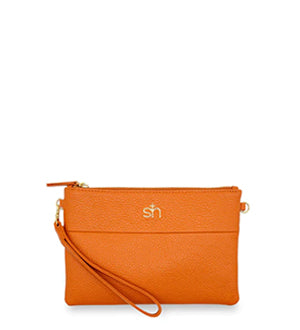
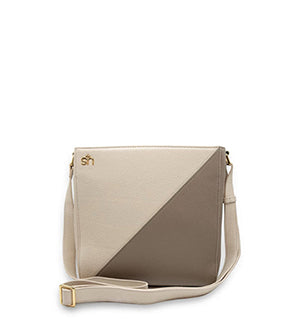
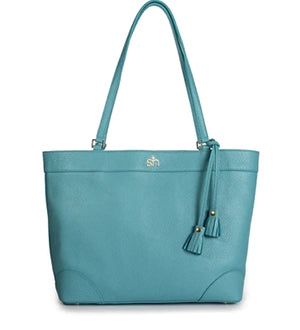
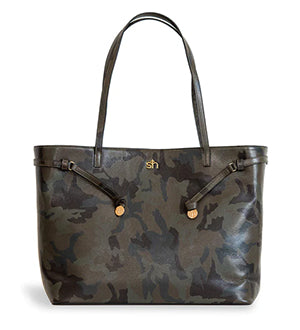
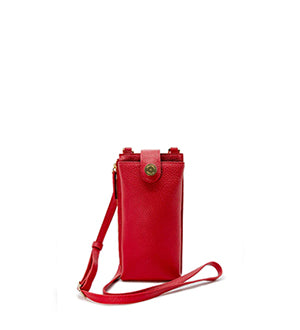
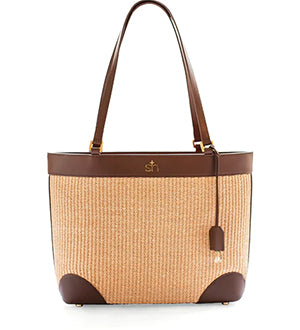
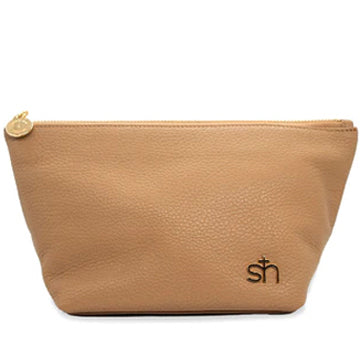

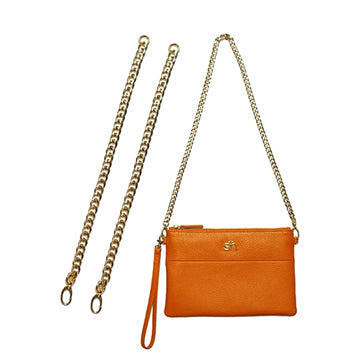
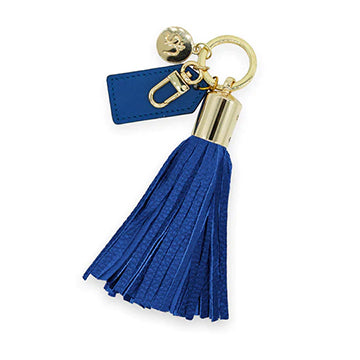
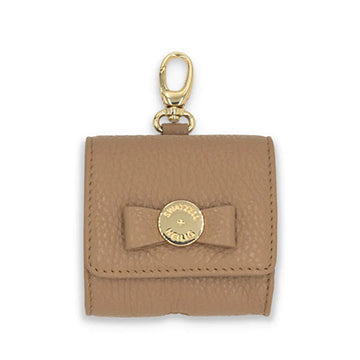
Leave a comment